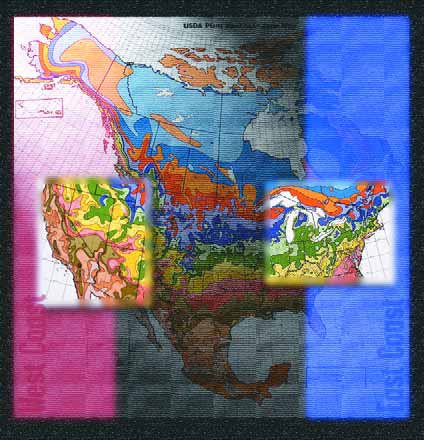ARTICLES
Advance Search
Aquatic Health
Aquatic Health, Fitness & Safety
Around the Internet
Aquatic Culture
Aquatic Technology
Artful Endeavors
Celebrity Corner
Life Aquatic
Must-See Watershapes
People with Cameras
Watershapes in the Headlines
Art/Architectural History
Book & Media Reviews
Commentaries, Interviews & Profiles
Concrete Science
Environment
Fountains
Geotechnical
Join the Dialogue
Landscape, Plants, Hardscape & Decks
Lighter Side
Ripples
Test Your Knowledge
The Aquatic Quiz
Other Waterfeatures (from birdbaths to lakes)
Outdoor Living, Fire Features, Amenities & Lighting
Plants
Ponds, Streams & Waterfalls
Pools & Spas
Professional Watershaping
Structures (Editor's Notes)
Travelogues & History
Water Chemistry
WaterShapes TV
WaterShapes World Blog
Web Links
Around the Internet
Aquatic Culture
Aquatic Technology
Artful Endeavors
Celebrity Corner
Life Aquatic
Must-See Watershapes
People with Cameras
Watershapes in the Headlines
Watershaping advanced by leaps and bounds from 1999 through 2004 – a journey of artistry…
Watershaping advanced by leaps and bounds from 1999 through 2004 – a journey of artistry…
Watershaping advanced by leaps and bounds from 1999 through 2004 – a journey of artistry…
So often, design comes down to an ability to see patterns. I first learned this from my mother, a dressmaker who had an uncanny ability to look at garments for which there were no sewing patterns and then sit down and make them from scratch. I seem to have inherited this talent, taking in a barren landscape and quickly visualizing how it will look with plants, rocks and water. For this, I am happily in her debt. Not everyone comes across such a gift by birth, but I believe that the ability to visualize is something most any watershaper can develop through experience and by taking the time to learn the "language" of any
I've been playing with clay for a long time - ever since 1968, when I took my first ceramics class in high school. Clay has captured my imagination mainly with its flexibility: I can carve it, build with it and even color it. For years, I've sculpted pieces of tile out of stoneware and porcelain clay. The individual pieces are then combined to create mosaic compositions, which, among other things, means that I'm able to create works of art that can go just about anywhere and are especially at home in and around water. Now, more than 30 years into working with this wonderful medium as a potter, then as an art student in the United States and Italy and especially in
Water is a chemical compound with a variety of physical characteristics, including the ability to act as a solvent and to harbor life. For those two reasons alone, says chemistry expert Jeff Freeman, watershape designers and builders should want to know everything they can about water chemistry - but they typically don't. Here, he begins a new series on the importance of water chemistry with a discussion of why watershapers really do need to care.
There are those in this business who are extremely adept at selling, and I'm definitely not one of them. I get by, but it's never been my long suit by any means. I've always admired the good salespeople I've met, and I fully accept the hard reality that to build a watershape at any level, one must sell it first. But I came up on the design/construction side of the watershaping business, and I've never found a clear way past the fact that, for me, sales has always been an area where I consistently have plenty of room for personal growth and improvement. I know that selling is important not only because it brings business through the door, but also because it sets the stage for everything that follows as a project progresses. As practiced by real professionals, I've observed that it's much more about
Recently, I've been involved in the early stages of a project that has lent new meaning to the phrase, "seeing is believing." It came up as a result of a call from an agent for a well-heeled client who was interested in having me design and build a residential swimming pool in the Dallas/Fort Worth area. When I arrived in Texas, I was met by the owner's agent, David, and by Marcus Bowen, a landscape architect who was part of the large project team, which, I would learn, included architects, a landscape architect, an interior designer, a lighting designer, various engineers, numerous
My daughter and I just returned from our annual trip to visit family in Connecticut and used the occasion this time to travel all over the northeast - from Boothbay Harbor, Portland and Camden in Maine to Martha's Vineyard and Nantucket and other parts of Massachusetts as well as slices of New Hampshire and Rhode Island. I'm never disappointed by the beauty I find in that part of the country. The landscapes are much lusher than they are at home in southern California, a fact that drives home the point that I spend most of my time in a desert. The old-growth trees back east are






















